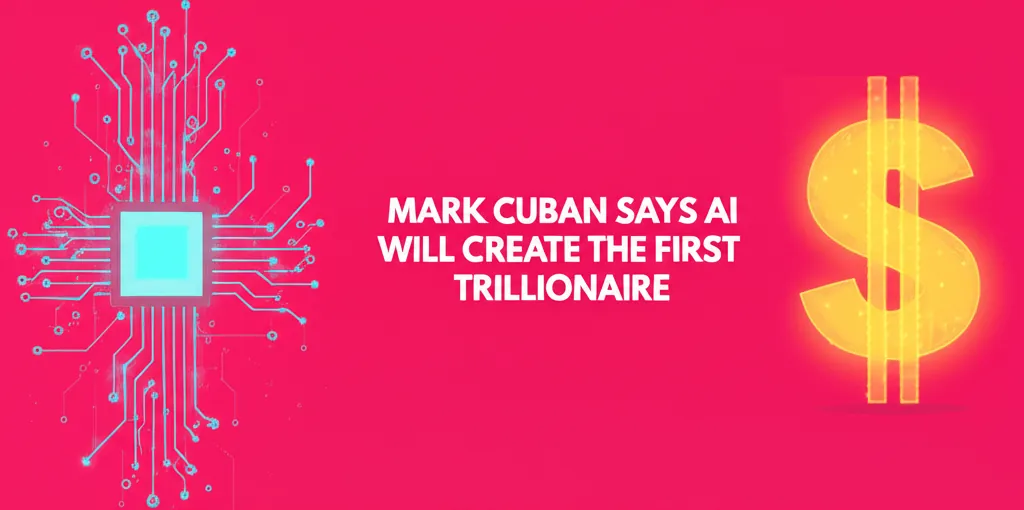Developer Offer
Try ImaginePro API with 50 Free Credits
Build and ship AI-powered visuals with Midjourney, Flux, and more — free credits refresh every month.
Why Robots Still Cant Match Human Dexterity
The Training Dilemma A Performance Gap
While a human can train a robotic agent through direct demonstration or even by speaking to it, a significant performance gap remains. It is highly unlikely that current robots can achieve the same success rate, dexterity, or speed as a person, especially in uncontrolled or collaborative environments. This persistent gap in capability is a primary reason why deploying robots for many complex tasks remains uneconomical.
The Real Barrier The Sensory Deficit in Robotics
The fundamental barrier holding robotics back is the profound difference in sensory input. Specifically, joint proprioception—the sense of a limb's position in space—and end-effector sensing in robotic 'hands' are nowhere near as rich or dense as the information a primate receives from its arms and hands.
An Intuitive Analogy Operating with an Anesthetized Arm
To understand this limitation, imagine your arm and hand are under anesthesia. You can still see them and consciously command them to move, but you've lost most of the sensory information coming from your brachial nerve. You could complete many tasks using only visual guidance, but your performance would be slow and clumsy. You would never match the fluid, precise skill you possess when you have full feeling. This is the state in which today's robotic manipulators operate.
A Matter of Density Human Touch vs Robotic Sensors
The difference is staggering when you look at the details. A human fingertip has about 200 mechanoreceptors per square centimeter. To equal this, a robotic grasper would need 200 highly sensitive, 6-axis force sensors in that same small area. And this is just for one type of sensation. Humans have a complex array of specialized receptors for pressure, vibration, tension, temperature, and pain located in our skin, muscles, connective tissues, and joint capsules. Until this sensory gap is closed, robots will continue to lack the nuanced physical intelligence of their human counterparts.
Compare Plans & Pricing
Find the plan that matches your workload and unlock full access to ImaginePro.
| Plan | Price | Highlights |
|---|---|---|
| Standard | $8 / month |
|
| Premium | $20 / month |
|
Need custom terms? Talk to us to tailor credits, rate limits, or deployment options.
View All Pricing Details

